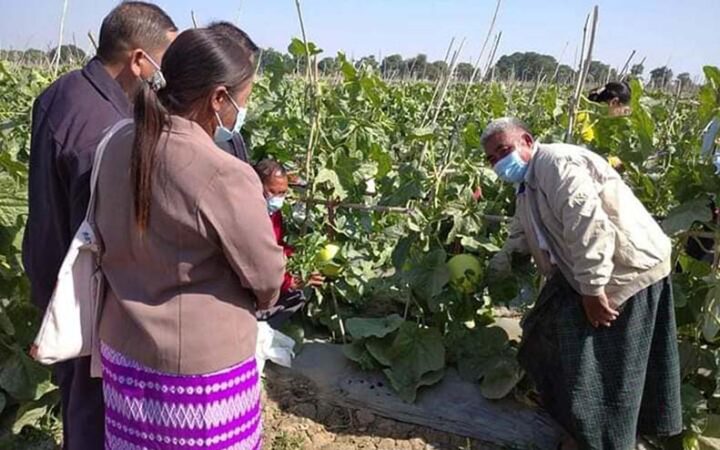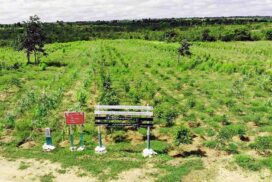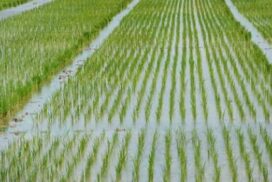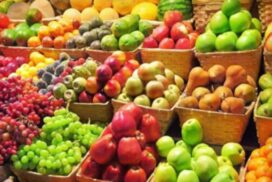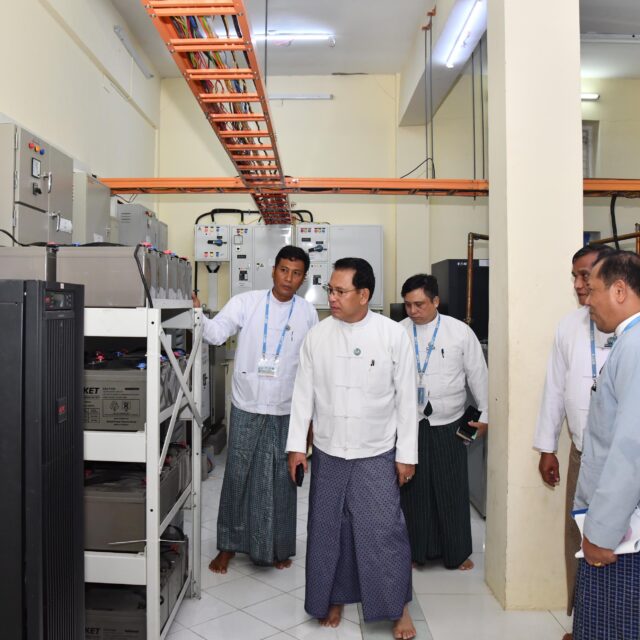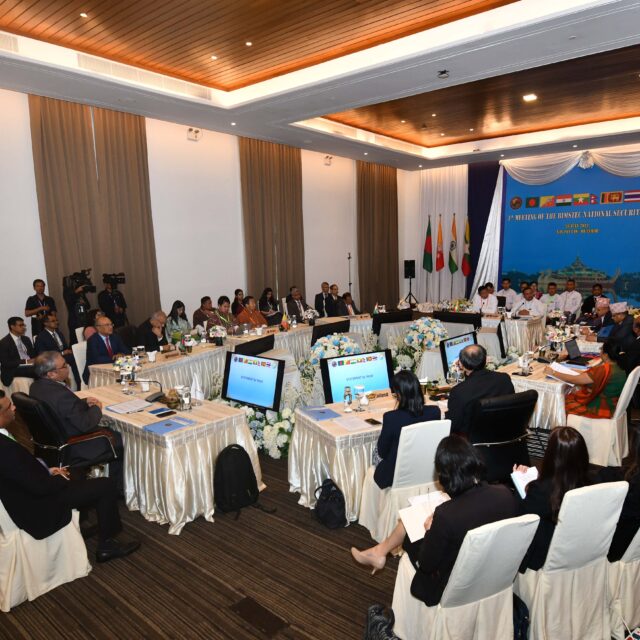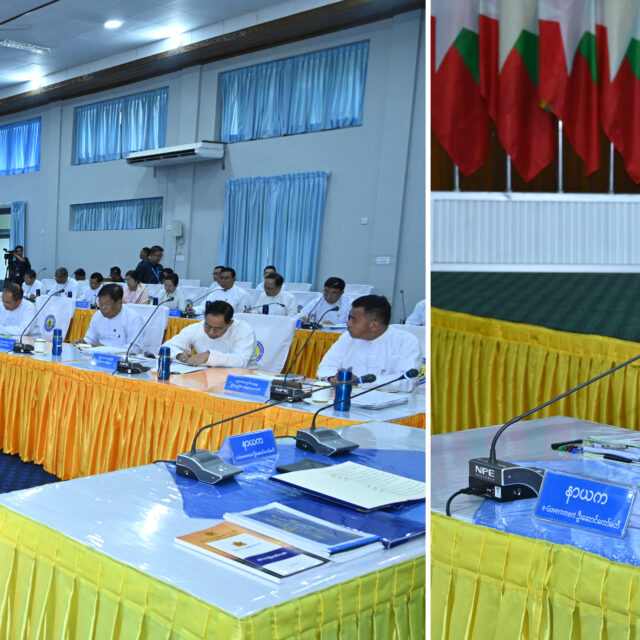The crop acreages under Good Agricultural Practices (GAP) is increasing year over year in Sagaing Region, said Dr Tin Mar Mar Oo, in charge of Public Relations and International Affairs section of Sagaing Region Agriculture Department.
“Over 21,300 acres of 20 crops have been issued GAP certificates. The remaining growers are also striving for GAP certificates,” Dr Tin Mar Mar Oo explained.
The mango cultivation under the GAP system started in the 2016-2017 financial year. It is to promote food products, reduce the risks of contaminating products and fetch a higher price, the growers said.
There are GAP certified over 12,000 acres of monsoon paddy, over 770 acres of monsoon peanut, over 2,300 acres of winter sesame, over 360 acres of winter peanut, over 2,500 acres of summer sesame, 30 acres of summer paddy, 490 acres of pre-monsoon green gram, 180 acres of cucumber, over 1,700 acres of mango, 50 acres of watermelon, 15 acres of chilli pepper, 50 acres of banana, 3 acres of grape, over 180 acres of chickpea, over 70 acres of sunflower, over 100 acres of corn, about 40 acres of onion, 40 acres of monsoon green gram, 10 acres of dragon fruit and 15 acres of papaya plants in the region.
The GAP adoption and certificate are required to penetrate more external markets and the international markets prefer the fruits produced under the GAP system.
The GAP ensures food safety, and the GAP growers can get more market access, locally and internationally, according to the Agriculture Department.
In addition to food safety, GAP also ensures worker safety, health and welfare, and conservation of the environment.
The Ministry of Agriculture, Livestock and Irrigation has encouraged farmers to use its GAP protocol in a bid to boost productivity, profitability, market access, and competitiveness in the agricultural sector. The Agriculture Department raised awareness of GAP among growers by providing courses. The GAP protocol and guidelines include the most consumed and major export items — mango, pomelo, honeydew, watermelon, avocado, chilli, tomato, onion, cabbage, corn, sesame, various beans, rice, and coffee.
The number of acreages cultivated under good agricultural practices (GAP) increased year over year, on account of the benefits of GAP. — Lu Lay/GNLM
Crop acreages under GAP grow year over year
- October 18, 2021
- 1054
